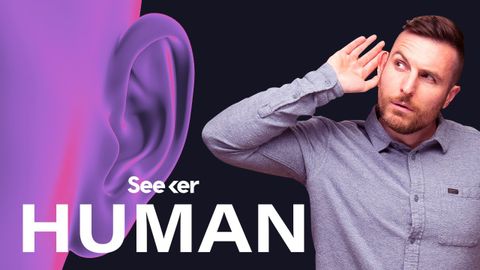
Subtitles & vocabulary
Why These Hidden Organs Keep You From Falling Over
00
林宜悉 posted on 2021/02/25Save
Video vocabulary
phenomenon
US /fɪˈnɑməˌnɑn, -nən/
・
UK /fə'nɒmɪnən/
- Noun (Countable/Uncountable)
- Unusual event, fact that can be studied
- Interesting or unusual person, group
B1
More delicate
US /ˈdɛlɪkɪt/
・
UK /'delɪkət/
- Adjective
- Easily broken or damaged
- Finely made, with great care
B1
More determine
US /dɪˈtɚmɪn/
・
UK /dɪ'tɜ:mɪn/
- Transitive Verb
- To control exactly how something will be or act
- To establish the facts about; discover
A2TOEIC
More experience
US /ɪkˈspɪriəns/
・
UK /ɪk'spɪərɪəns/
- Countable Noun
- Thing a person has done or that happened to them
- An event at which you learned something
- Noun (Countable/Uncountable)
- Knowledge gained by living life, doing new things
- Previous work in a particular field.
A1TOEIC
More Use Energy
Unlock All Vocabulary
Unlock pronunciation, explanations, and filters
